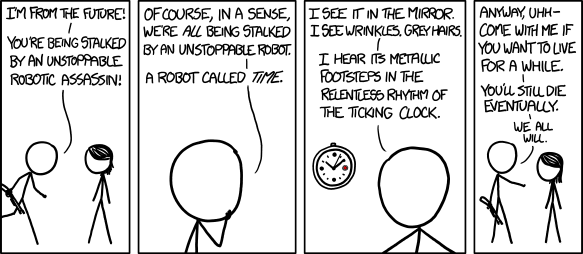...24 VDC has been a standard for a long time, the main reason it is used is because there are many devices to choose from and because they are made in large quantities the pricing is kept in line.
Chicken?...0?....Chicken?...0?
The industry steered towards 24VDC for a few possible reasons.
PLC's grew out of the automotive industry.
12/24VDC car batteries
It's high enough to prevent false positives that may occur at 12VDC, but low enough to be relatively safe.
DC is 0Hz, no inductance or capacitance.
AC over long runs creates capacitance in the cable, storing energy, that can potentially hold a coil closed with an output off.
DC supplies tend to be more stable, withstanding shorts.
There are cons to using DC as well, but whatever the reason we have moved that way, in the main, for technical advantages, reliability, durability, safety.
It's supply and demand, but demand comes first. Manufacturers supply, but they didn't create the demand, the PLC industry did, the innovators, designers, the end users, you did!
The PLC industry sets the market, DC is best suited, but AC is also available.
The manufacturers of PLC auxiliary equipment just follow suit.
Nowadays, though, more manufacturers are doing it all. So they have some control over the shape of the market.
I always try to look at the bigger picture. Things are evolving. What are we trying to achieve at a basic signal level?
To start a simple process, Joe presses a "message sender" to a "message receiver" which tells a "decider" to move a "persuader", if a "preventer" allows it.
We've always used the tried and tested electric signal to achieve this as it made sense to switch the voltage the intended "persuader" requires to be started and use similar voltage to monitor the status. But we no longer should need to do this? Now that the "decider", i.e. PLC/PAC, can receive a message from a "message sender" and send a message to a "persuader" in different ways, only the "persuaders" voltage to drive it is required.
So DC beware! AC beware! Control circuits beware!
With the rapid development of Ethernet/IP, it is quickly replacing the requirement for any kind of conventional control circuit in industry. Everything will be packets, not signals, message and receive, not energise and de-energise, only the motive power required to drive "persuaders" will be left at the control voltage level. Less and less push buttons, selectors, lamps, pots, thumb wheels, readouts. All will be done on a touchscreen. Discrete and process I/O devices will all be Ethernet.
In 10-15 years this conversation will look very old to the younglings seeking advise, if it's still even relevant!





